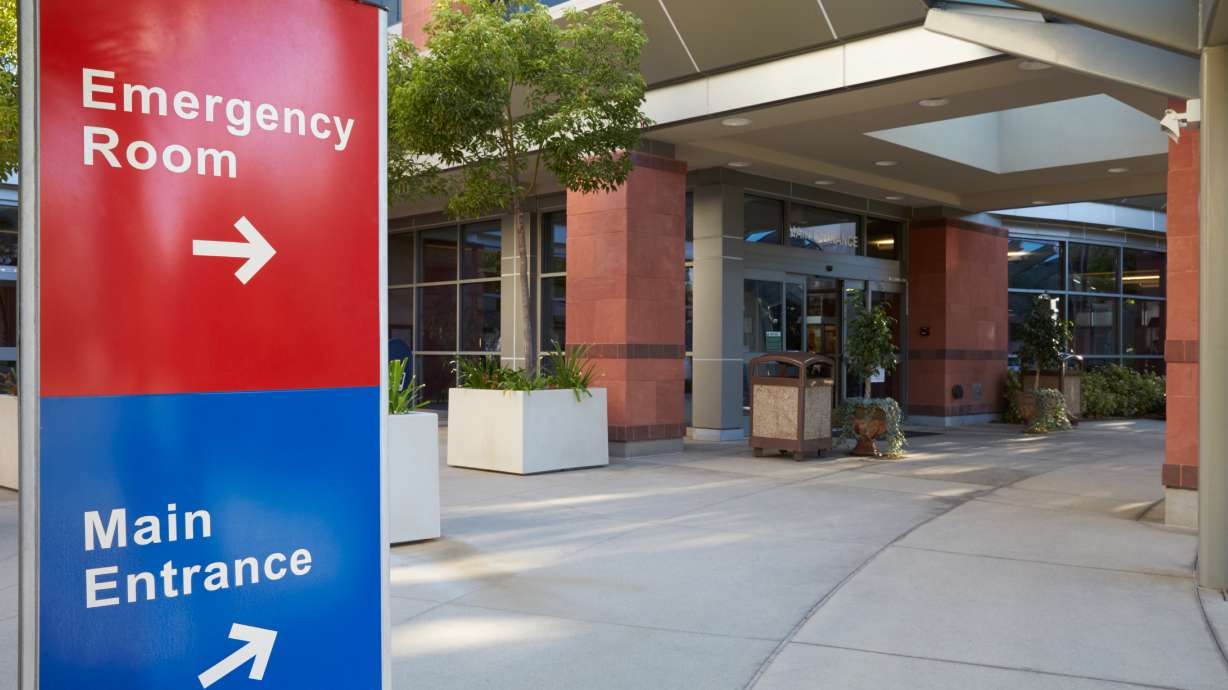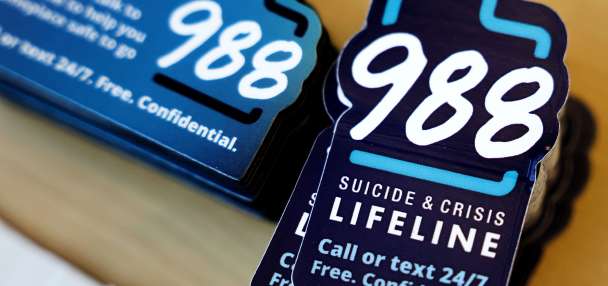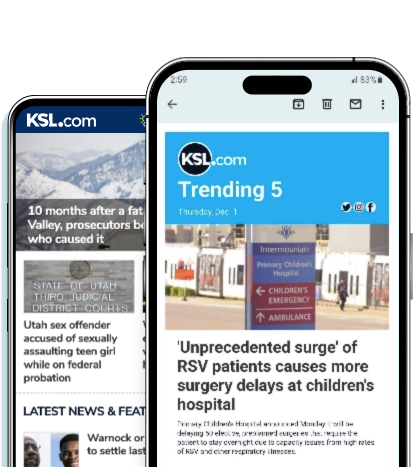Estimated read time: 3-4 minutes
- Health care prices in Utah remain high despite increased transparency efforts, a report released Tuesday says.
- The No Surprises Act mandates giving pricing estimates, but it does not yet require individualized estimates prepared by providers and insurers.
- The report concludes that more government action will be needed before the transparency makes a difference.
SALT LAKE CITY — Health care prices are at an all-time high, according to Joshua Wright at the Utah Foundation, and what makes that hit even harder is health care consumers don't know what price they are going to pay until well after a procedure.
He said transparency efforts are not relieving the pain consumers feel as they open their medical bills.
Patients are entitled to pricing estimates on nonemergency services following the No Surprises Act, which became effective across the country in 2022. But the act only requires providers to give prices for self-pay or uninsured patients, since the price changes when insurance is introduced.
Wright said most prices are available, but it is still up for debate whether the numbers are accurate and they "rarely reach patients" — specifically in Utah.
The Utah Foundation released a report on Tuesday called "X-raying health care: A look at price transparency for Utahns." The organization has been doing research in Utah for 80 years.
It said the All-Payers Claim Database, managed by the Utah Department of Health and Human Services, provides anonymized health care information about actual costs paid by Utahns for services. A large amount of data is available to researchers and a cost comparison tool, Utah Health Cost Compare, can help consumers see the estimated out-of-pocket costs for various procedures or appointments.
Despite the availability of this valuable information, the report said the website only gets about 250 visitors each month.
Allowing the information to be searchable by insurer, in addition to facility and provider information already available, could help people find a cost more specific to their situation, and might help more than comparing prices from different facilities or doctors generally, the report states.
Seventeen percent of Americans reported in 2024 that they knew the cost ahead of treatment, the report said, quoting a separate study. It also states that a 2022 study found only 12% of Americans are "health literate" or understand the information and services available for health-related decisions.
Tuesday's report said although there has been a push into price transparency from both sides of the political isle, transparency alone will have only a small impact on prices. It concluded that politicians will need to also implement policies designed to reduce prices.
Wright said transparency in prices is an opportunity for bipartisan cooperation, meaning "there's a lot of room for action."
Matt Slonaker, with the Utah Health Policy Project, said although there is agreement on affordability among political parties, they don't align on how to reduce costs.
He also said there is a cultural issue — people are not encouraged to shop for the lowest price but instead to keep their current doctors who have their medical history and follow health insurance advice for which provider to see.
"Patients should be somewhat empowered in this environment," he said.
Patients should be engaged with their doctors about what options are available, including what options would come at a lower cost, Slonaker said, adding that patient involvement is "an essential arrow in the quiver" for reducing prices encouraging looking at quality and cost differences.
Another suggestion from Wright and Tuesday's report is mandating the availability of an "advanced explanation of benefits" which would require insurance companies and health care providers to work together to provide an estimate of the cost to patients ahead of the care. This was a requirement in the No Surprises Act, but was put on hold with no specific date to go into effect because the infrastructure for it was not available.









